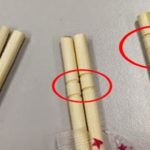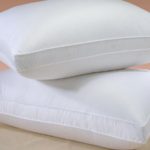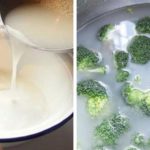Choose a Reputable Seller

With a plethora of sellers offering plastic products at extremely low prices, it’s essential to be cautious. Many of these items have unclear origins, lack proper testing, and may contain harmful colorants and manufacturing defects. Prolonged use of such products, especially for food storage, can pose serious health risks. Therefore, it’s crucial to purchase from reputable brands in the market to ensure your safety.
Types of Plastic for Food Storage

– Plastic type 1: This type of plastic is identified by the number 1 on the surface of the item and is made of polyethylene terephthalate, abbreviated as PETE or PET. It is considered safe and does not pose any significant health risks, making it suitable for food storage. However, the surface of this plastic can accumulate bacteria, so it’s recommended for single-use only.
– Plastic type 2: Derived from HDPE, this type of plastic is deemed safe due to its low bacteria accumulation tendency. It is slightly opaque in color and is commonly used for baby bottles and containers.
– Plastic type 4: This variety is one of the safest options and is often used for creating food packaging and wrapping materials.
– Plastic type 5: Made from polypropylene (PP), this type of plastic is ideal for food storage. Choosing items with the number 5 marking ensures that no harmful chemicals leech into your food.
Additional Considerations
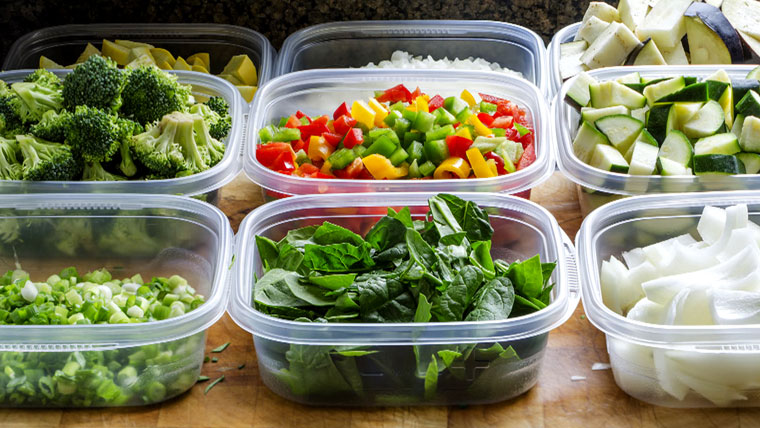
– Avoid purchasing food storage containers that lack any information or markings, as it’s impossible to determine their safety and the type of plastic used.
– Opt for pure, hard, and transparent white plastic for food storage as it is safer than colored or thin, flexible plastic.
– Look for markings such as “For Microwave use,” “Microwave safe,” “Microwaveable,” or “Aussi pour Four à Micro Onde” when choosing containers for storing and reheating food in the microwave. These containers are designed to withstand the heat without melting or cracking. However, glass or ceramic containers are still the best option for microwave use.
– Choose the right shape of plastic container based on your needs:
Always be a smart consumer when choosing plastic food storage containers to protect your health and that of your family!
Common Misconceptions about Food Wrapping People Have
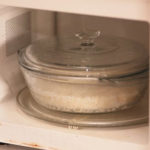 Food Wrapping People Have’>
Food Wrapping People Have’>It is well known that food wrapping film can help preserve food and keep it safe for health. However, many people are unaware of the potential harms that can arise from improper use of food wrap. What mistakes are we talking about here?
Exploring the Pros and Cons of Sleeping in an Air-Conditioned Room
Is sleeping with an air conditioner a good idea? As concerns over the adverse effects of air conditioning on our health increase, it’s important to understand the risks and rewards of using air conditioning while sleeping. Let’s examine the benefits and drawbacks of sleeping with an air conditioner, and the protective measures one should take.

























